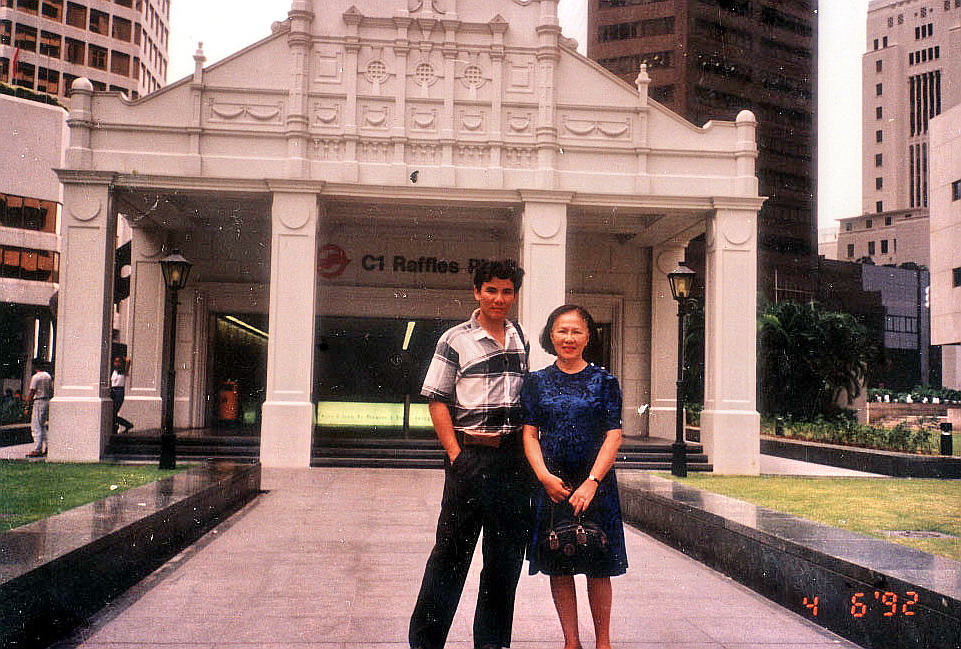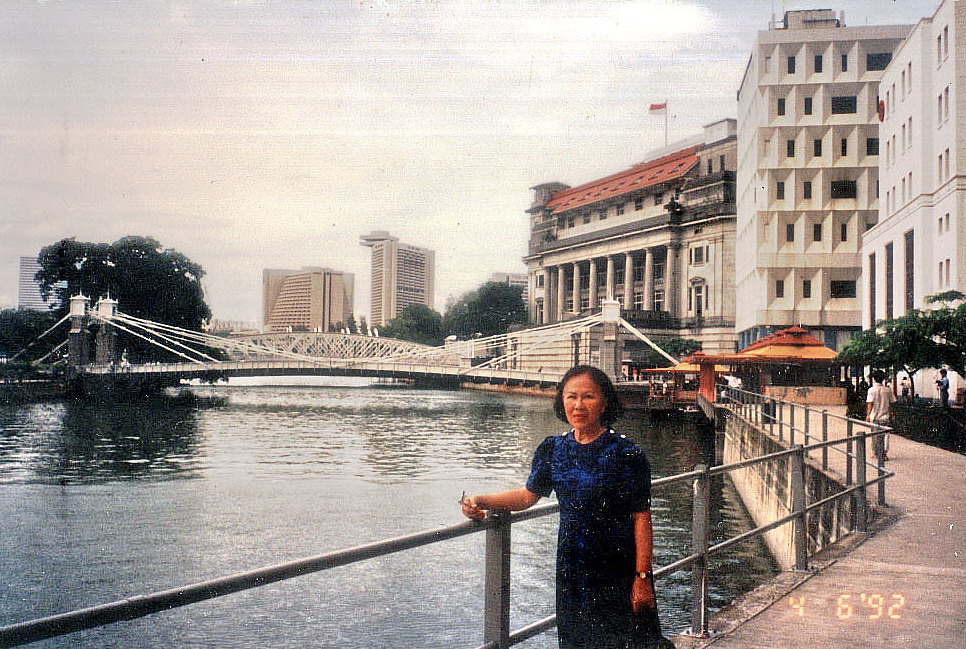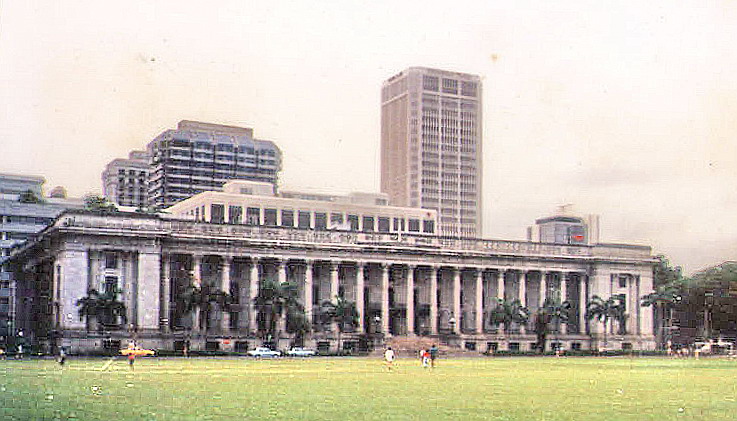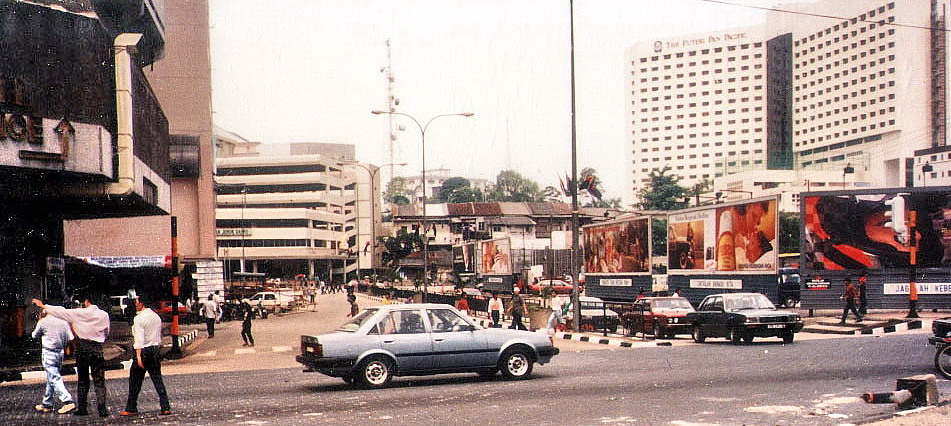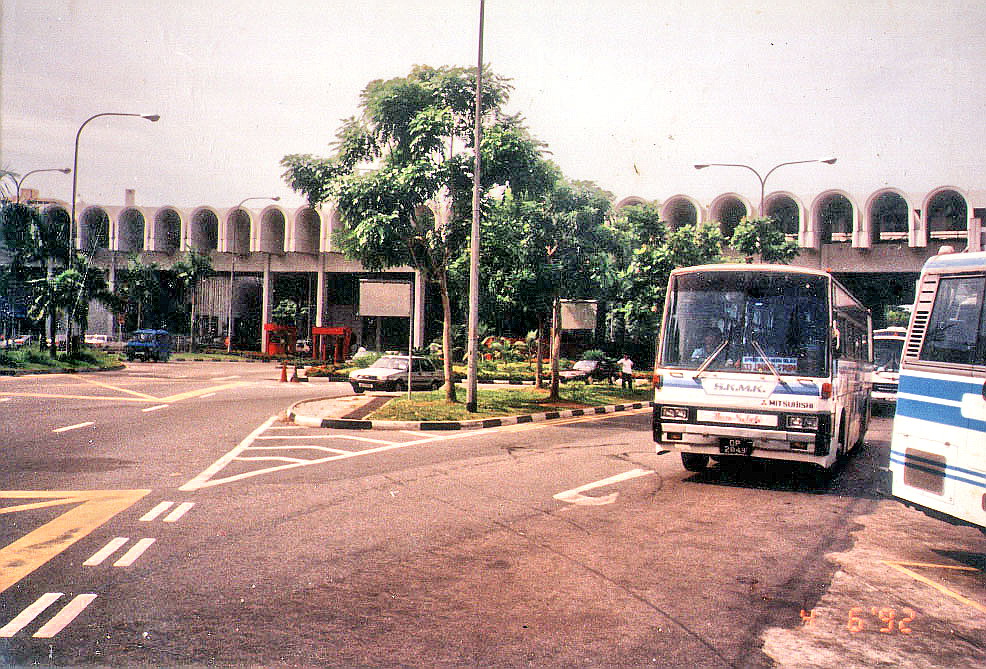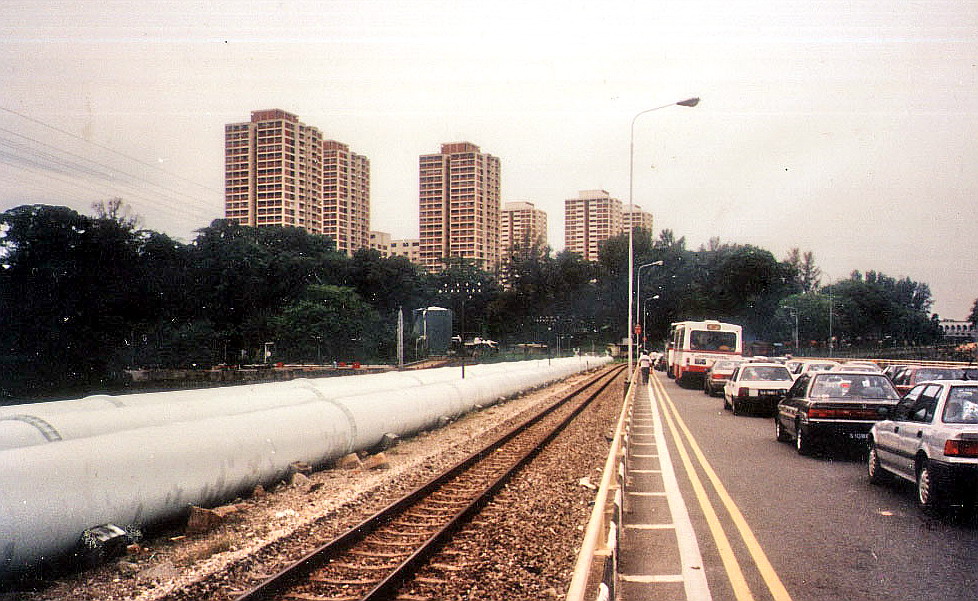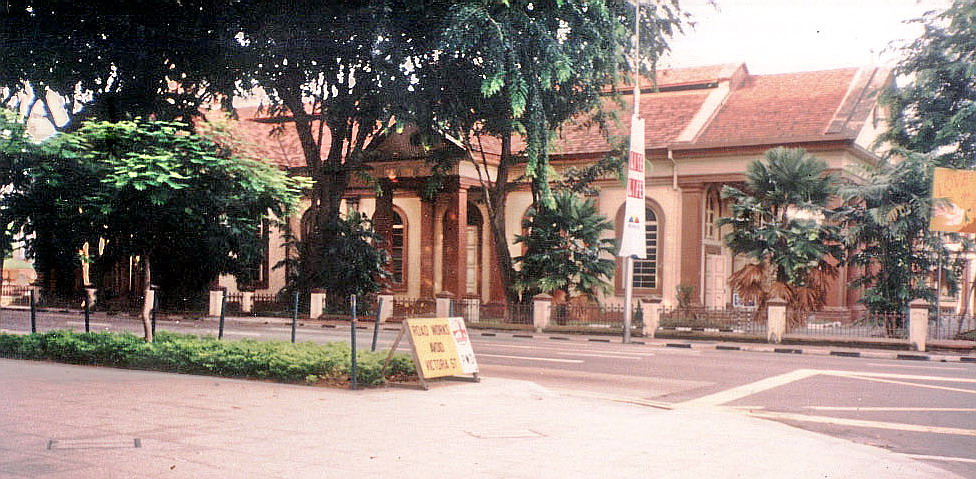Mom and I finally arrived at Finger Pier, at the end of Prince Edward Rd., and I got us fast ferry tickets (S$28 round trip). Ferries for Sekupang Pier, the main entry point in the 715 sq. km. Batam Island, leave every half hour.
Later in the year, the regional ferry operation at Finger Pier was relocated to the S$50 million International Passenger Terminal (IPT) at the Harbourfront Cruise Centre (formerly World Trade Center).
We left on board Dino Shipping Pte. Ltd.’s streamlined and airconditioned Sea Flyte, leaving the pier by 3:40 PM. The trip took a little over 30 mins. and was uneventful. Along the way, we weaved through Singapore’s southern islands, most of which are small and uninhabited. We docked at Batam Island’s Sekupang Pier by 4:15PM.
After securing our arrival clearance at the Batam Customs & Immigration Area, I hired the services of a local taxi driver to tour us around the island. Batam Island, a duty-free island, is about two-thirds the size of Singapore and is an economic development zone of Indonesia with emphasis on tourist development. Nagoya City, formerly known as Lubuk Baja which means “Pirates Waterhole,” has shops that offer local handicrafts and Asian food delicacies.
Beginning in the 1970s, the island underwent a major transformation, from a largely forested area, into a major harbor and industrial zone. During our tour, land was being cleared for new roads and many factories, many operated by Singaporean companies, were being built. Evidently, with its lower labor costs and special government incentives, the island’s economy benefits from being close to Singapore.
However, we weren’t shown any old government buildings, mosques, churches or temples as there didn’t seem to be any. After our tour, our taxi driver brought us back to Sekupang Pier where we again boarded our fast ferry back to Finger Pier, arriving there by 10 PM. Upon arrival, we had a late dinner at a Burger King outlet before returning to our hotel.





